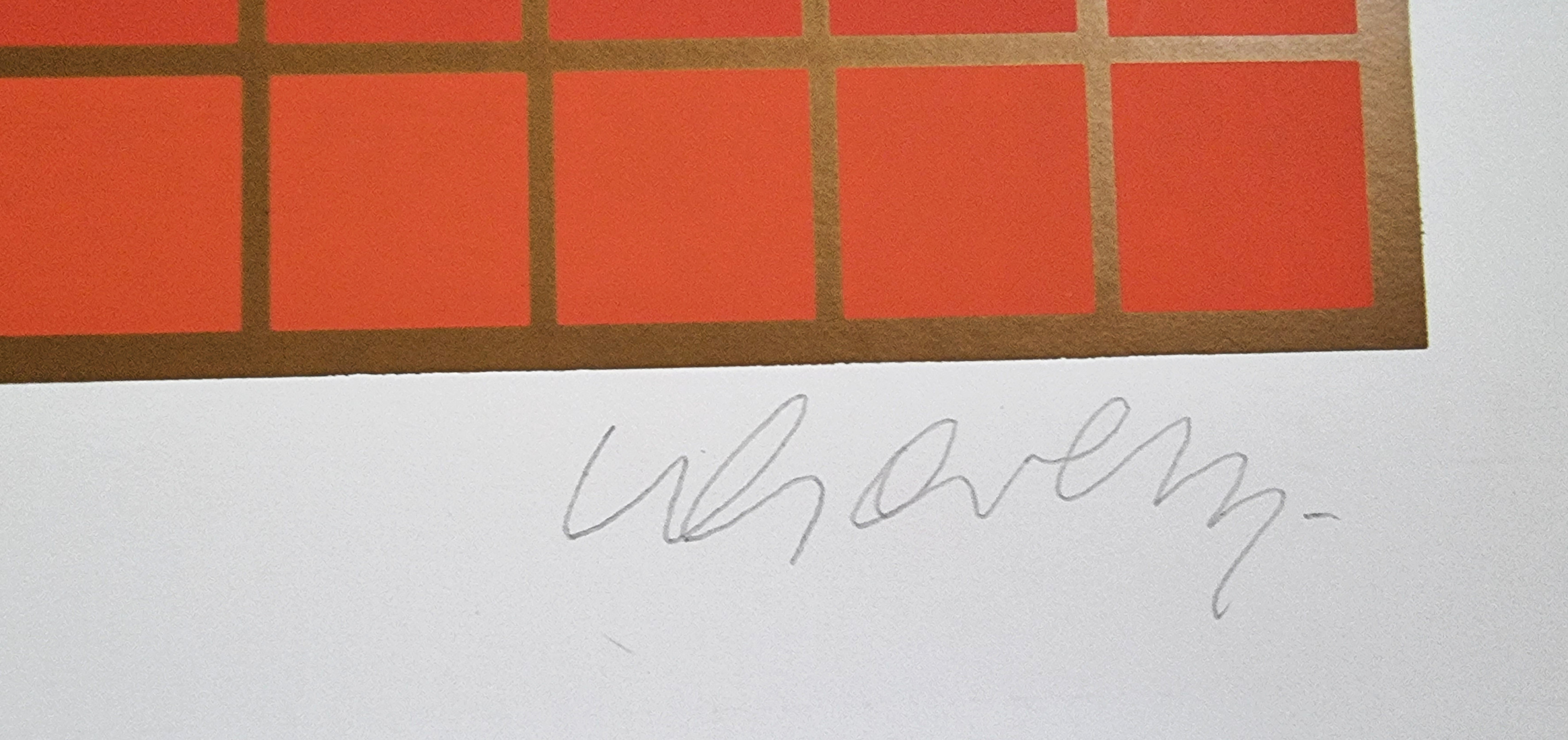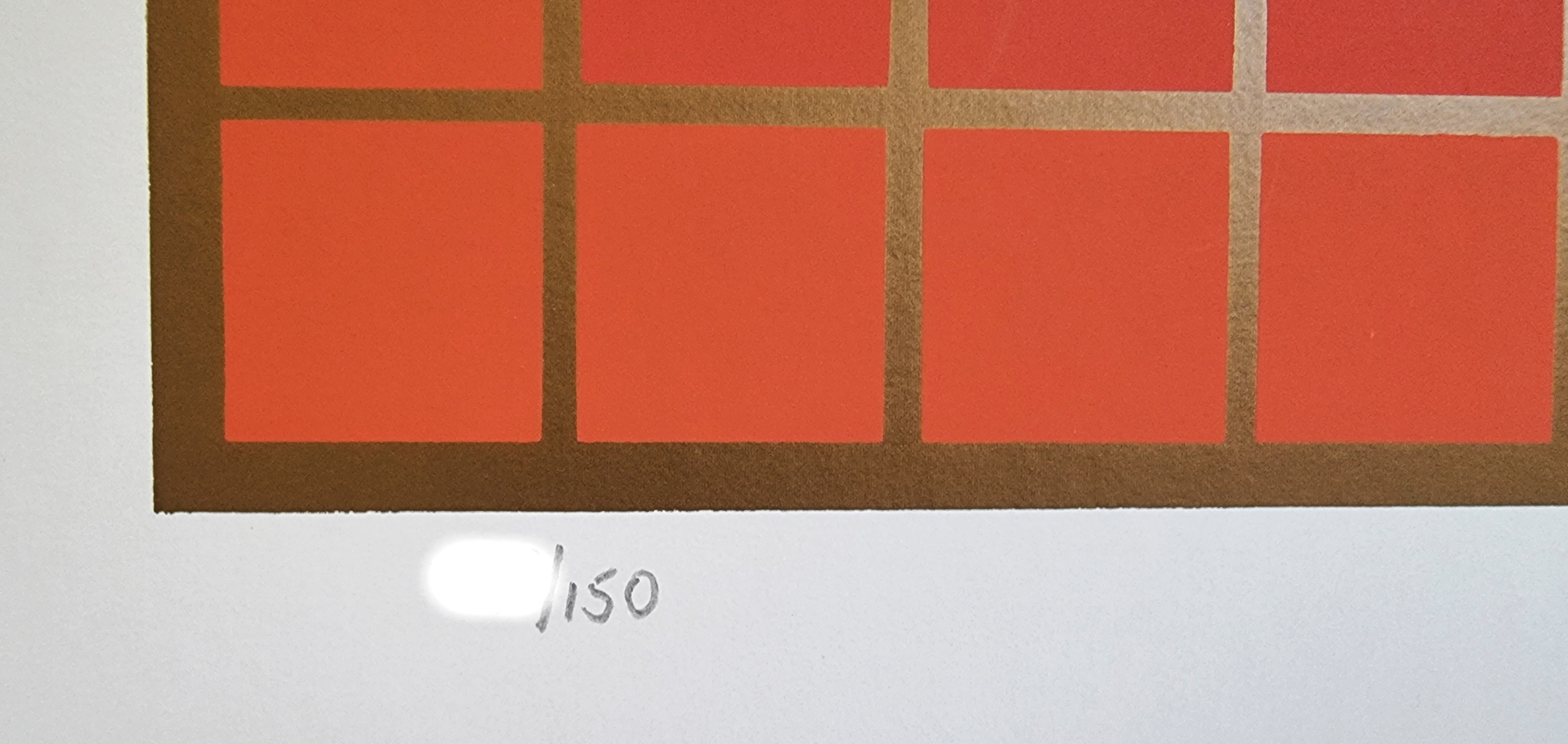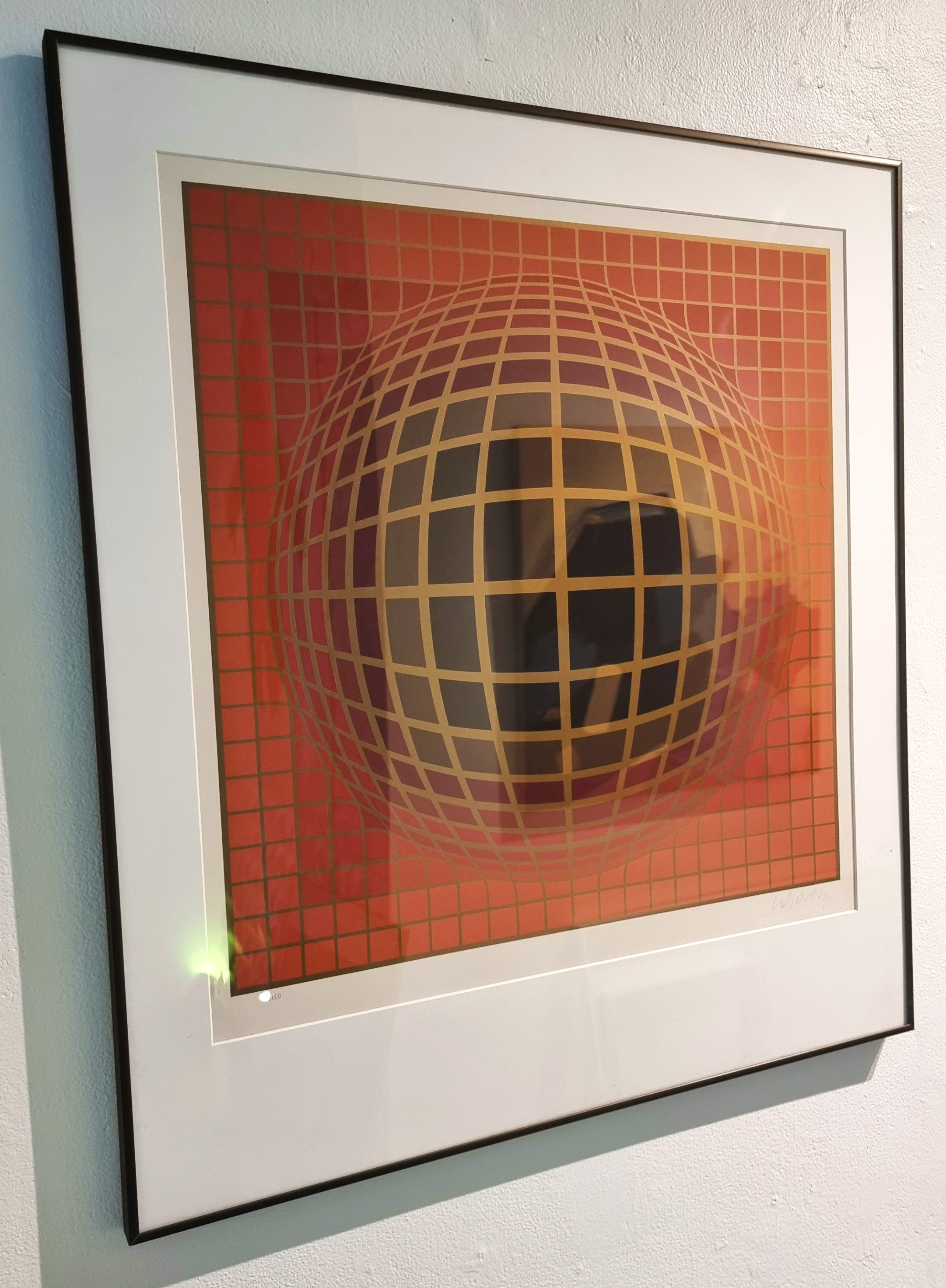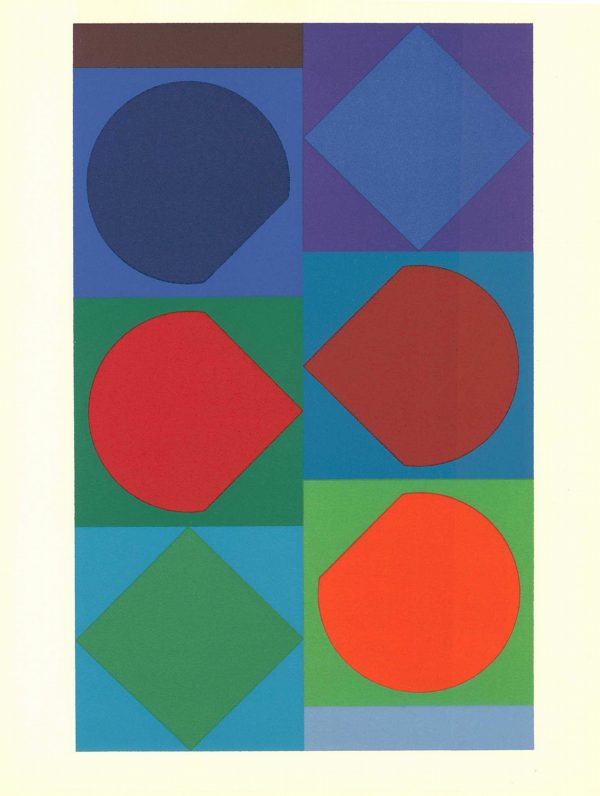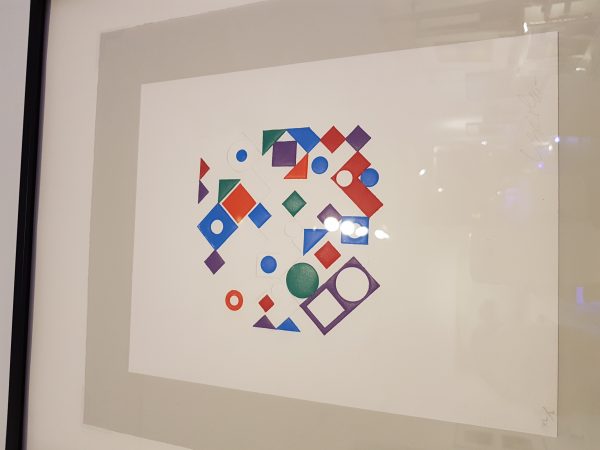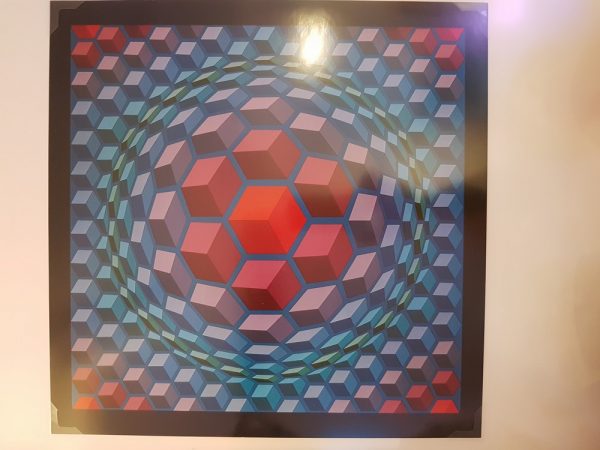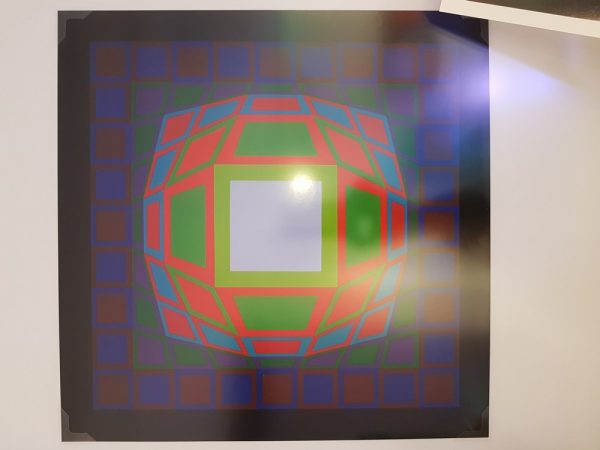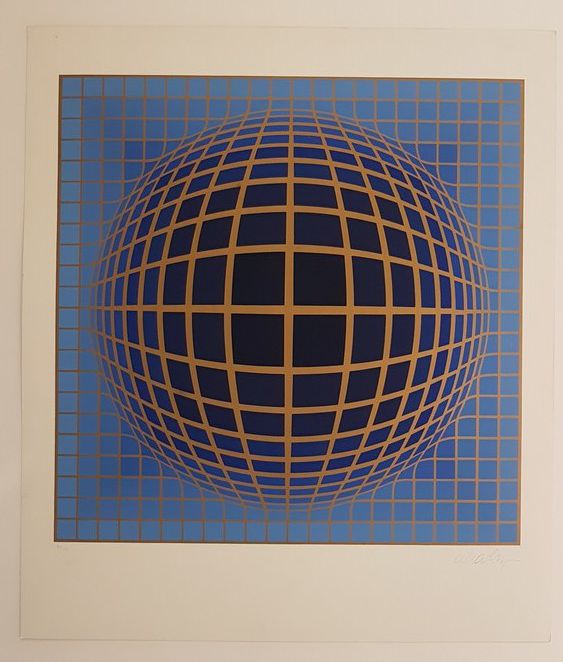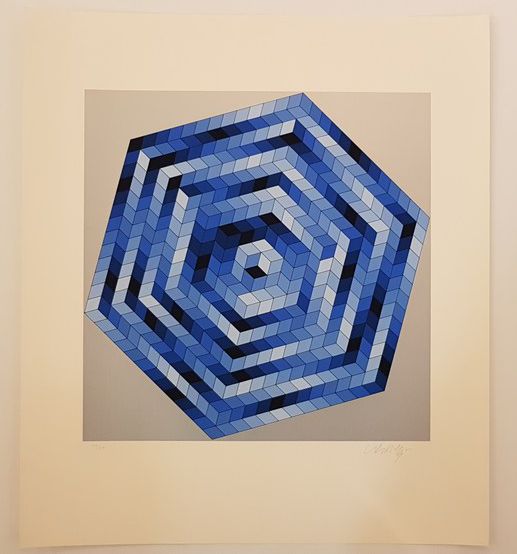No products in the cart.

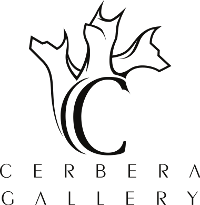
Sold Out
Sold Out
Victor Vasarely
Domb B (Red)
Medium: Serigraph
Year: circa 1970
Edition: 150
Size: 30 in. x 26 in. (76.2 cm x 66.04 cm)
Signed and numbered by hand
Framed
COA provided
Questions about this piece? Send us a message!
Victor Vasarely (French, 9 April 1906– 15 March 1997), was a Hungarian-French artist, who is widely accepted as a “grandfather” and leader of the Op art movement.
His work entitled Zebra, created in 1937, is considered by some to be one of the earliest examples of Op art.
Vasarely was born in Pécs and grew up in Pöstyén (now Piešťany, Slovakia) and Budapest, where, in 1925, he took up medical studies at Eötvös Loránd University. In 1927, he abandoned medicine to learn traditional academic painting at the private Podolini-Volkmann Academy. In 1928/1929, he enrolled at Sándor Bortnyik’s private art school called Műhely (lit. “Workshop”, in existence until 1938), then widely recognized as Budapest’s centre of Bauhaus studies. Cash-strapped, the műhely could not offer all that the Bauhaus offered. Instead it concentrated on applied graphic art and typographical design.
Vasarely eventually went on to produce art and sculpture using optical illusion. Over the next three decades, Vasarely developed his style of geometric abstract art, working in various materials but using a minimal number of forms and colours.
In October 1967, designer Will Burtin invited Vasarely to make a presentation to Burtin’s Vision ’67 conference, held at New York University. On 5 June 1970, Vasarely opened his first dedicated museum with over 500 works in a renaissance palace in Gordes (closed in 1996). A second major undertaking was the Foundation Vasarely in Aix-en-Provence, a museum housed in a distinct structure specially designed by Vasarely. It was inaugurated in 1976 by French president Georges Pompidou, two years after his death.
n 1982, 154 specially created serigraphs were taken into space by the cosmonaut Jean-Loup Chrétien on board the French-Soviet spacecraft Salyut 7 and later sold for the benefit of UNESCO. In 1987, the second Hungarian Vasarely museum was established in Zichy Palace in Budapest with more than 400 works.
He died age 90 in Paris on 15 March 1997.
Other Artwork by Victor Vasarely
Description
Victor Vasarely (French, 9 April 1906– 15 March 1997), was a Hungarian-French artist, who is widely accepted as a “grandfather” and leader of the Op art movement.
His work entitled Zebra, created in 1937, is considered by some to be one of the earliest examples of Op art.
Vasarely was born in Pécs and grew up in Pöstyén (now Piešťany, Slovakia) and Budapest, where, in 1925, he took up medical studies at Eötvös Loránd University. In 1927, he abandoned medicine to learn traditional academic painting at the private Podolini-Volkmann Academy. In 1928/1929, he enrolled at Sándor Bortnyik’s private art school called Műhely (lit. “Workshop”, in existence until 1938), then widely recognized as Budapest’s centre of Bauhaus studies. Cash-strapped, the műhely could not offer all that the Bauhaus offered. Instead it concentrated on applied graphic art and typographical design.
Vasarely eventually went on to produce art and sculpture using optical illusion. Over the next three decades, Vasarely developed his style of geometric abstract art, working in various materials but using a minimal number of forms and colours.
In October 1967, designer Will Burtin invited Vasarely to make a presentation to Burtin’s Vision ’67 conference, held at New York University. On 5 June 1970, Vasarely opened his first dedicated museum with over 500 works in a renaissance palace in Gordes (closed in 1996). A second major undertaking was the Foundation Vasarely in Aix-en-Provence, a museum housed in a distinct structure specially designed by Vasarely. It was inaugurated in 1976 by French president Georges Pompidou, two years after his death.
n 1982, 154 specially created serigraphs were taken into space by the cosmonaut Jean-Loup Chrétien on board the French-Soviet spacecraft Salyut 7 and later sold for the benefit of UNESCO. In 1987, the second Hungarian Vasarely museum was established in Zichy Palace in Budapest with more than 400 works.
He died age 90 in Paris on 15 March 1997.
